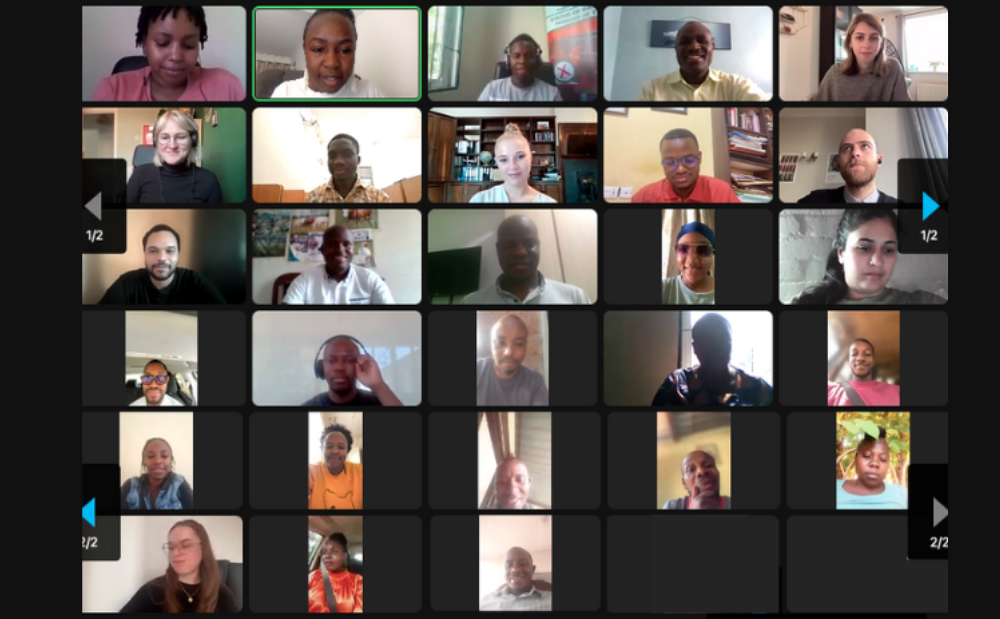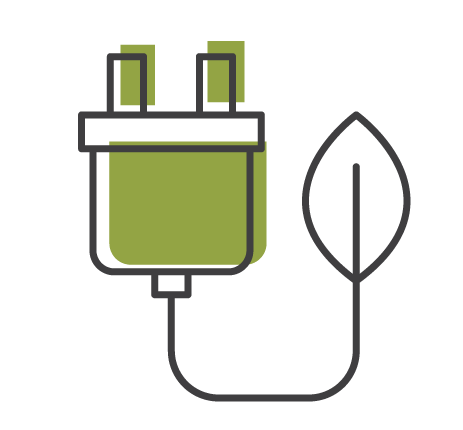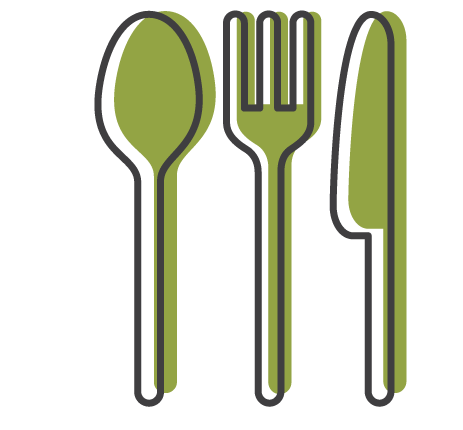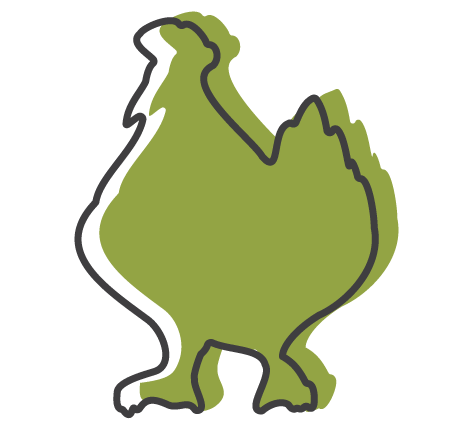The Cage
- Published:
The Cage
How caged hens are living lives of pain and suffering to produce our eggs.
By Georgina Blumears
To begin, I want to commend you on taking the time to read this blog post. During this time of pandemic and environmental challenges, the welfare of layer hens seems irrelevant. To help you understand why SAFCEI is still working on this cage-free eggs campaign I would like to share this quote.
Be faithful in small things because it is in them that your strength lies.
-Mother Teresa
When there is so much going wrong in the world, we can often feel paralysed by inaction. Many of us don’t know where to begin and how to be a part of significant change. I would suggest you start small. Think about the eggs you consume and the hens that produced them, did these hens suffer to produce these eggs? Most likely, yes. Knowing that, how can you contribute to the lessening of billions of layer hens suffering.
You can do this by simply increasing your knowledge and making the change where you can.
And just like that you have started small and changed billions of hens lives.
What are Caged Hens?
Caged hens are exactly what they sound like. They are hens kept in cages their entire lives, unable to express their natural behaviour like spreading wings, perching and nesting. The system that encourages the use of cages for layer hen containment is part of the industrial farming system which industrialises the farming process in favour of profits. The maximisation of profits and down-grading of animal welfare creates a system that profits from the pain of billions of layer hens for the production of eggs.
“Cage eggs are part of a system that is referred to as factory farming. It gets this name from its propensity to see livestock as functions or units, rather than individual conscious entities, and to place them in industrial conditions that are entirely focused on maximising cost-saving, with little concern for the needs of the animal”.
There are several factors that make up the suffering of caged layer hens, we will look at each one and explain why this is something we should all be aware and concerned about.
No Space
When you first learn about the living conditions of caged-hens you will learn that a layer hen lives in a cage the size of an A4 piece of paper. “It is the stocking density that makes cage egg production such a concern. The average chicken in a cage egg system has no more space to stand than an A4 piece of paper, and must live in close confinement with many other individuals”. They will live in close confinement with the other hens without a chance of leaving that space till death. This limited space and the emotional distress it causes can turn the birds cannibalistic.
Behaving Unnaturally
There are many natural behaviours that these poor animals can not enact because of their cage confinement. Layer hens can not spread their wings to their natural length within the space afforded to them in the cage. They stand on a wire without any flooring, meaning there is no material in which the hens can root and scratch. The hens can’t perform actions needed for self-soothing such as perching, building nests, dust bathing and hiding. Imagine being in distress and unable to do the simple things that bring you peace. This is the reality for all caged layer hens. They ultimately undergo emotional and physical injury, causing unnatural feather loss, brittle bones and foot injuries.
Mutilation and Population control
Like I mentioned earlier, hens experienced incredible emotional distress in their cages and can become cannibalistic. To avoid injury to the other hens and to their profits, farm owners will mutilate the hens through debeaking. This process means that while still small fluffy chicks the hens have the sharp end of their beaks cut or burnt off. An incredibly painful experience. This doesn’t stop the hens from exhibiting aggression but makes sure that the others are not injured. Further, some of the hens don’t make it to the beak cutting phase. If the hen is born male it is killed. Male hens are simply not profitable in the egg production system. The male chicks are either murdered through gassing or thrown into a grinder alive.
Food and Feces
Caged layer hens are fed inorganic feed that doesn’t meet their dietary needs. This food is filled with antibiotics and anti-bacterial agents to prevent disease, however, these chemicals ultimately enter the food chain, exposing us to these chemicals. Additionally, layer hens are exposed to antibiotics that they are unable to digest. These antibiotics remain in the bird’s faeces which is then used in agriculture fertiliser. The chemicals in this faeces leach into the waterways, affecting us the people using this water. For the birds, the chemical drenched faeces containing ammonia can drop down from the top cages onto the birds beneath causing chemical burns.
And on to us
All of the above has an impact on the nutritional value of the eggs the hens produce. Due to lack of nutritional food the hens receive, the eggs produced have lower levels of omega-3 fatty acids and vitamin E. We are therefore eating the idea of an egg with none of the real nutritional value that comes from this protein. Yes, these eggs are cheaper, but this comes at a cost. These eggs have a lower price tag “but this lower price is only achieved at the cost of the animals’ welfare”.
This is just a brief summary of the horrible and painful lives of billions of caged-layer hens. There are many sources linked in this blog post and throughout our social media that will give you more insight into the lives of these birds. Many of the undercover videos, including the one linked in this post, are hard to watch and may bring you to tears. But I want to encourage you to watch the videos and learn more even if it’s hard to stomach. We need to speak up for these silent beings and be the change-makers they need and deserve.
I will leave you with this final thought and encourage you to be the change.
“ If more and more people choose the less-cruel alternatives, producers will have to change their practices to reflect the demand and then prices for free-range and organic eggs will fall. Of course, economics may prevent some individuals from purchasing the higher cost eggs, but for those who can afford the difference, there really is a moral choice to be made. What price is a chicken’s welfare?”
References:
7 Reasons Not to Eat Cage Eggs: https://regenerative.com/seven-reasons-eat-cage-eggs/
Introduction to Effective Altruism: https://www.effectivealtruism.org/articles/introduction-to-effective-altruism/#animal-suffering Baby Chicks Ground Up
Alive Using a Macerator - The Truth About Eggs: https://www.kinderworld.org/videos/egg-industry/baby-chicks-ground-up-alive/
Who we are

SAFCEI (Southern African Faith Communities’ Environment Institute) is a multi-faith organisation committed to supporting faith leaders and their communities in Southern Africa to increase awareness, understanding and action on eco-justice, sustainable living and climate change.
Featured Articles
-

South Africa: Who Ends Up Paying If DMRE Cooks the Price of Nuclear Power?
-

South Africa’s nuclear energy expansion plans continue to draw criticism, environmental NGOs chew over legal challenge
-

Earthlife Africa and SAFCEI respond to latest unsettling nuclear news regarding the ministerial determination
-

Open Wing Alliance Africa (Virtual) Summit 2023
-

The Green Connection and SAFCEI respond to energy minister's divisive and deflecting comments
-

Job Vacancy: FLEAT Coordinator







